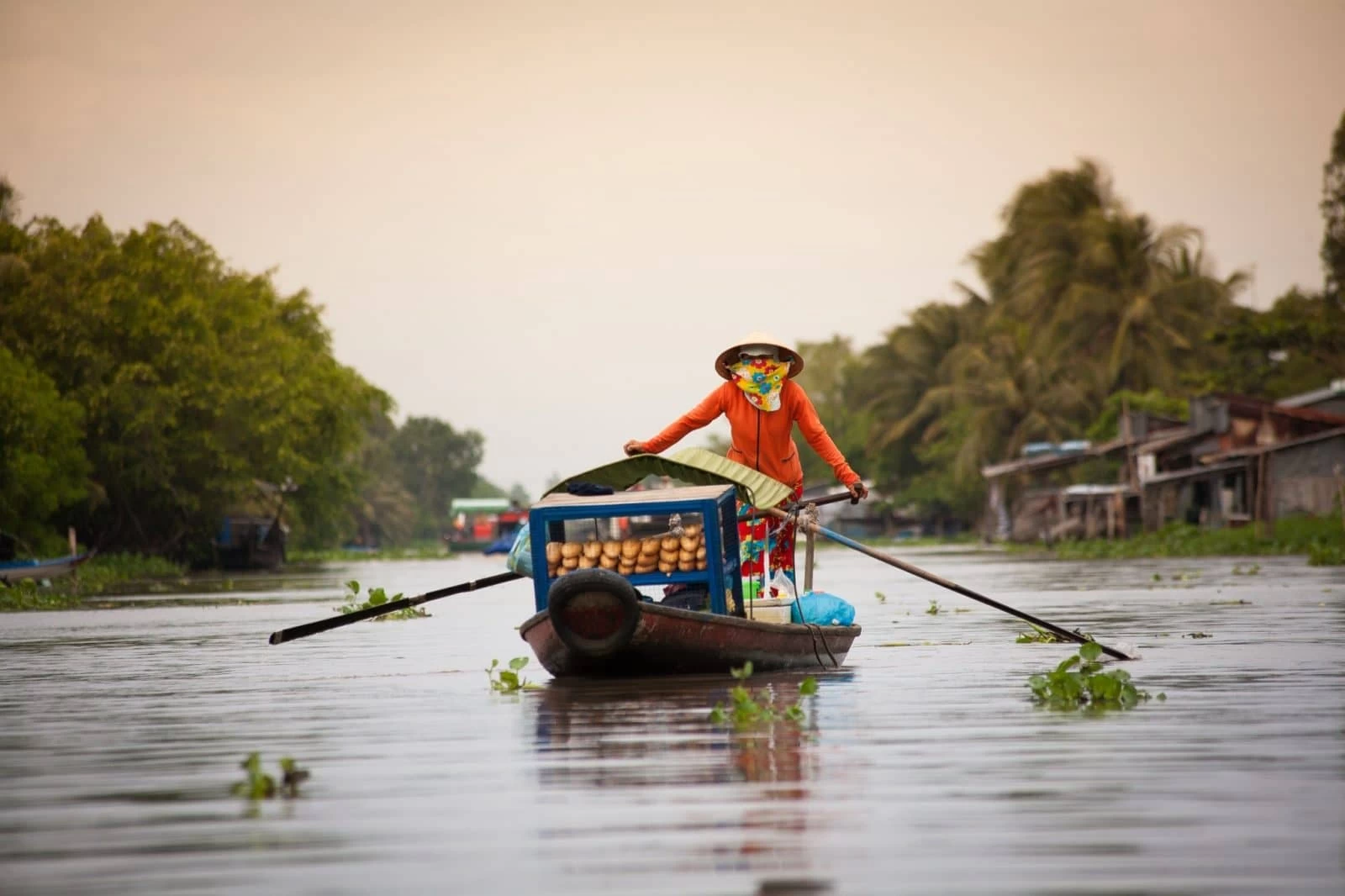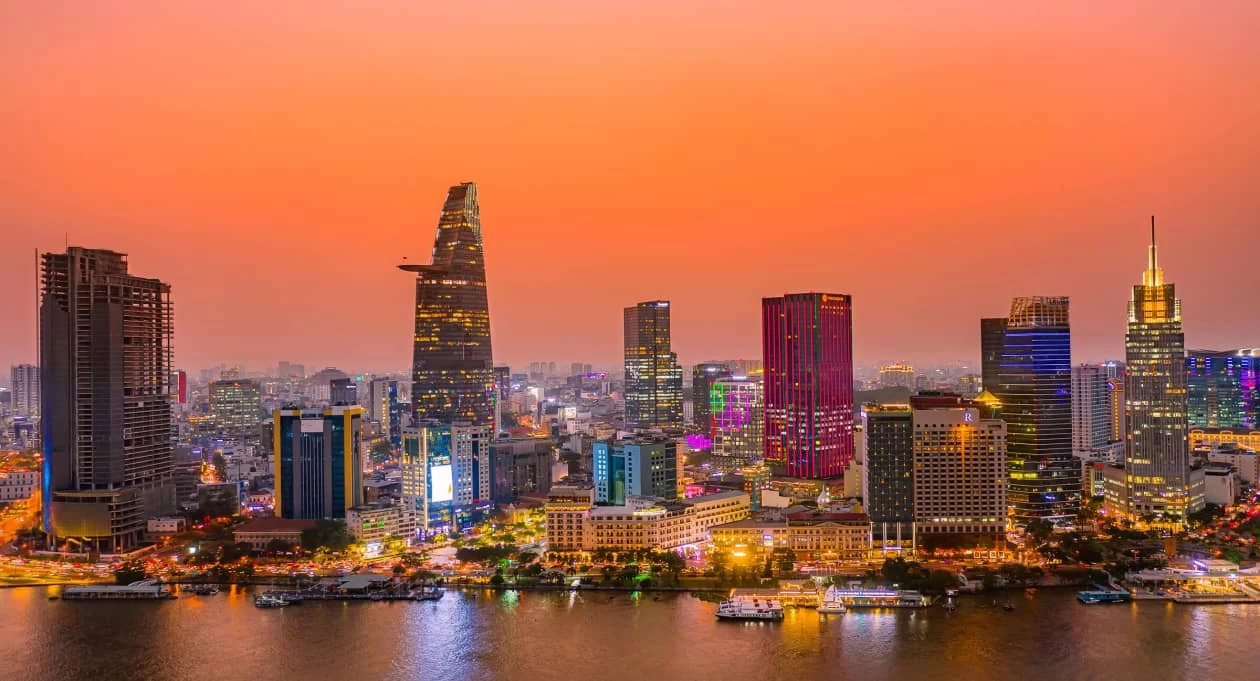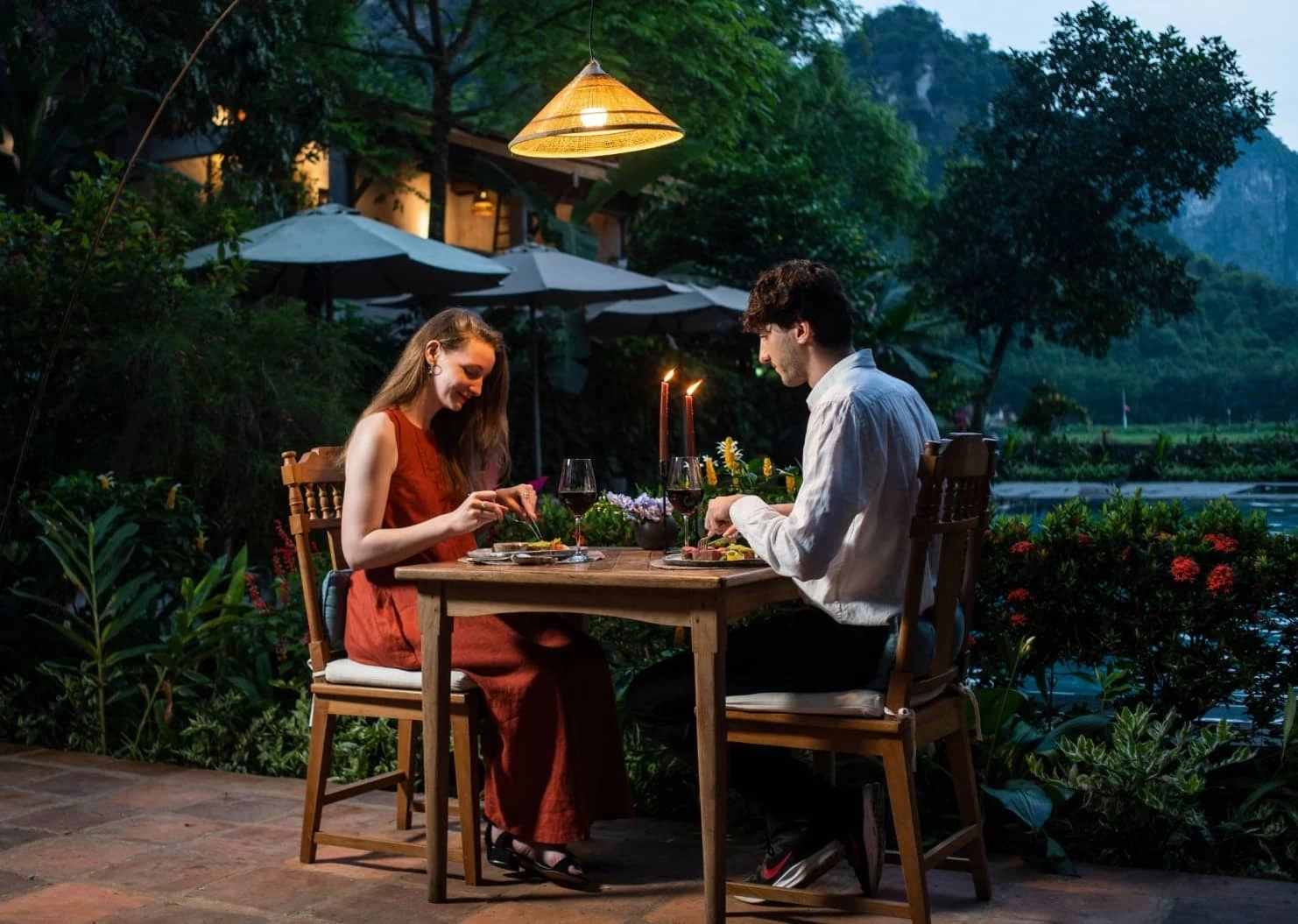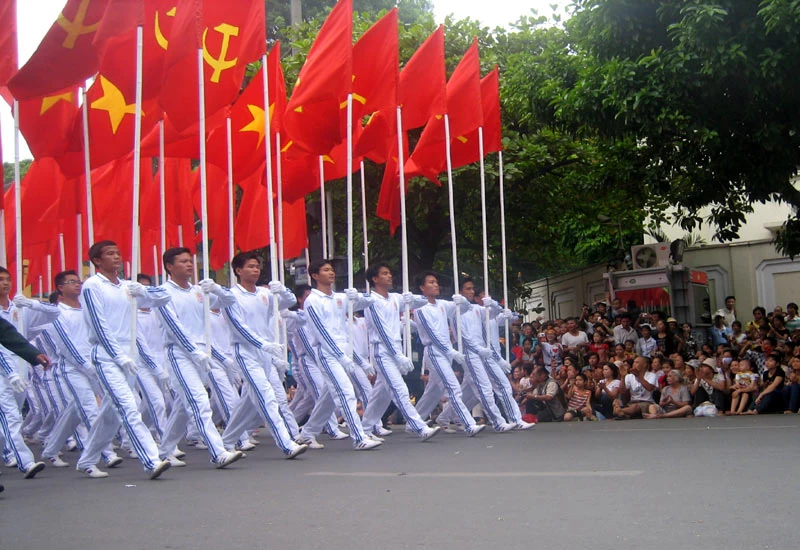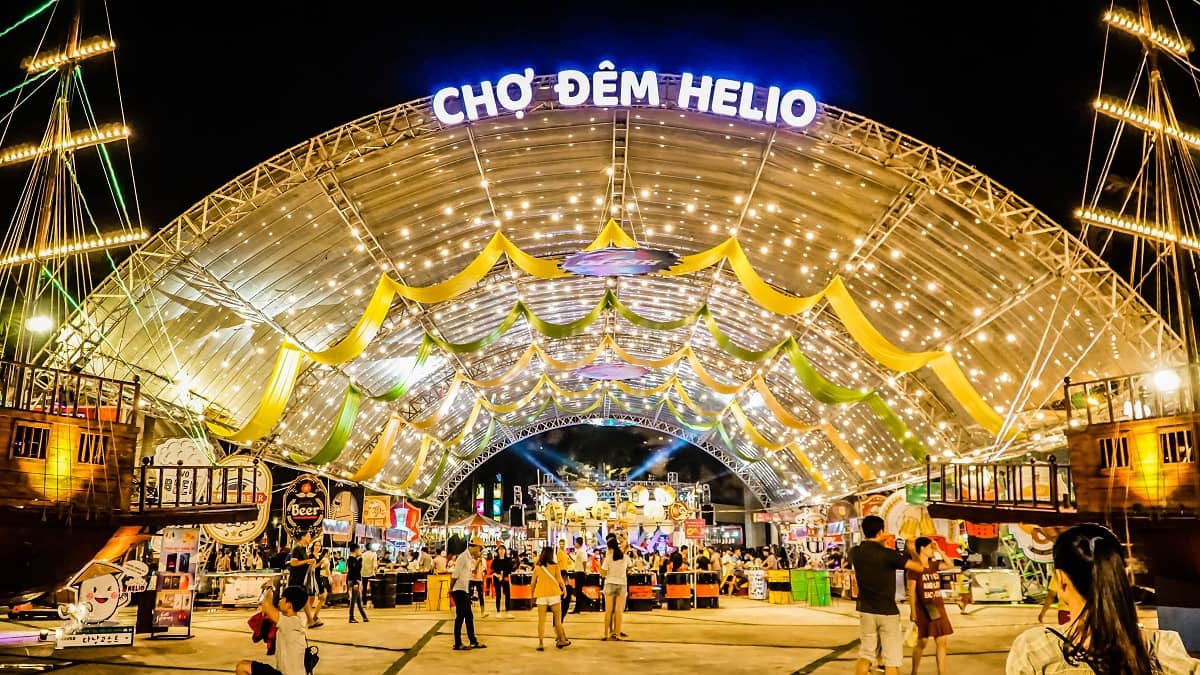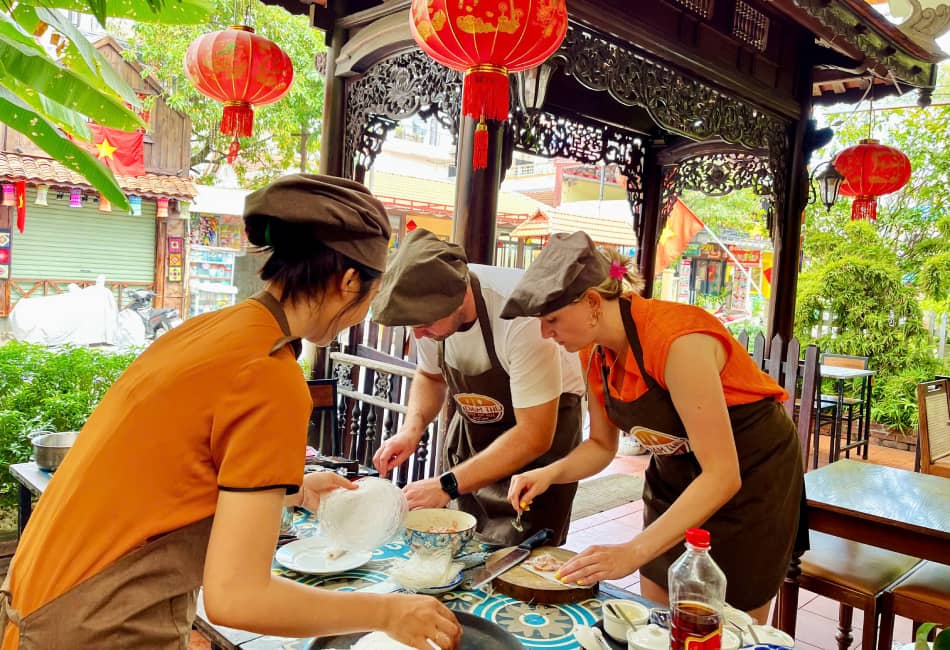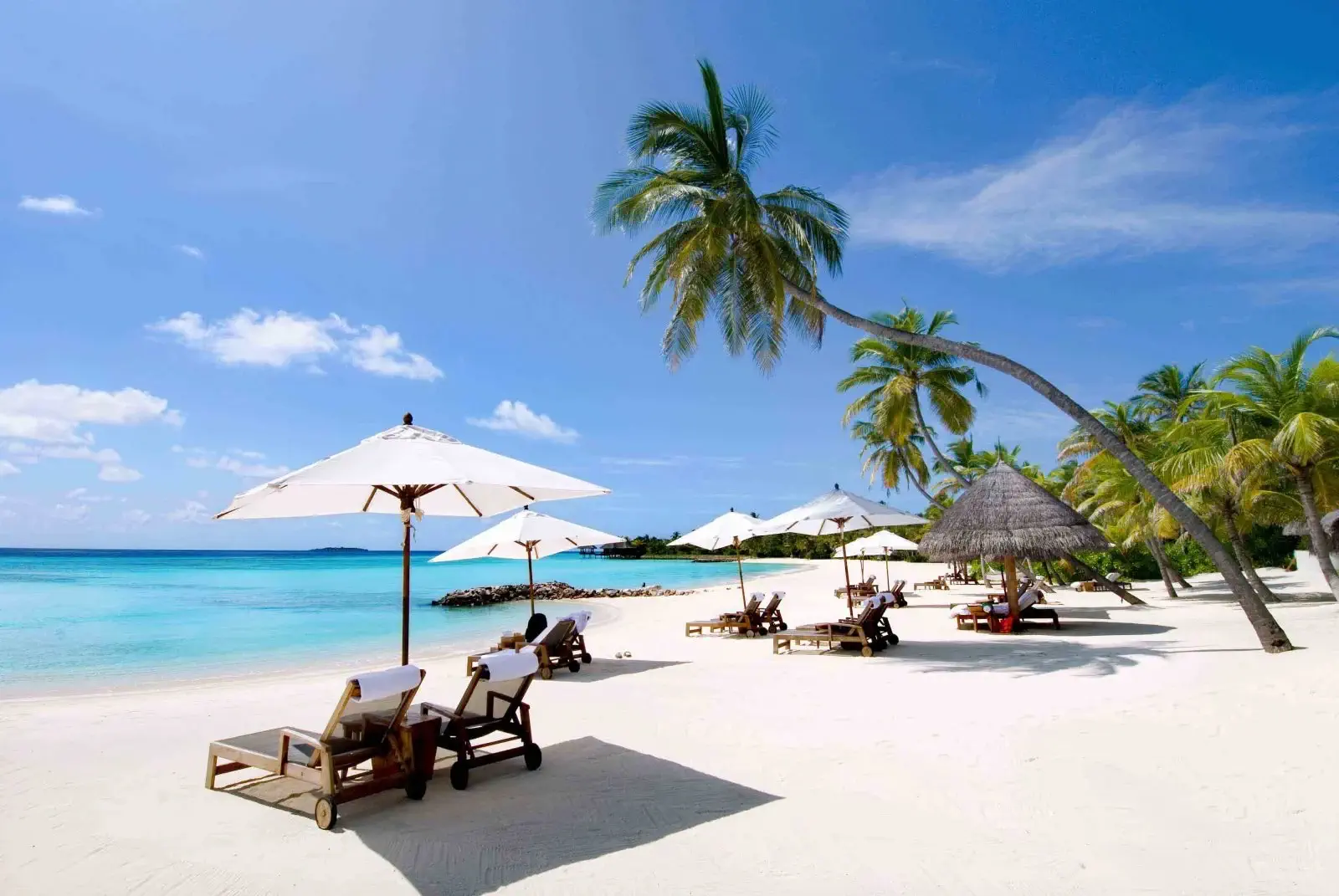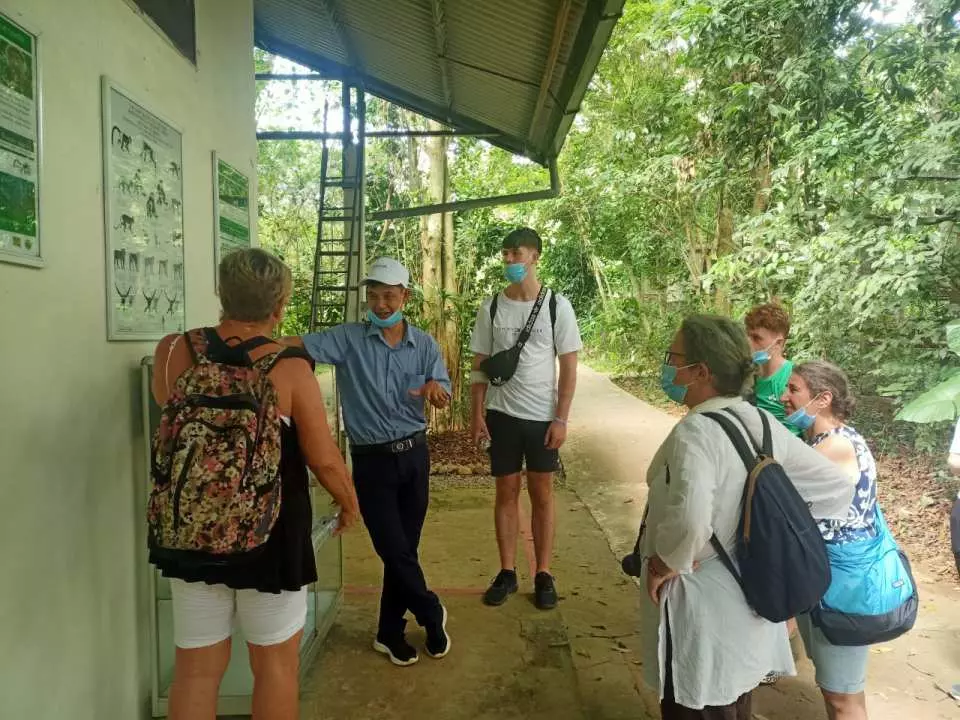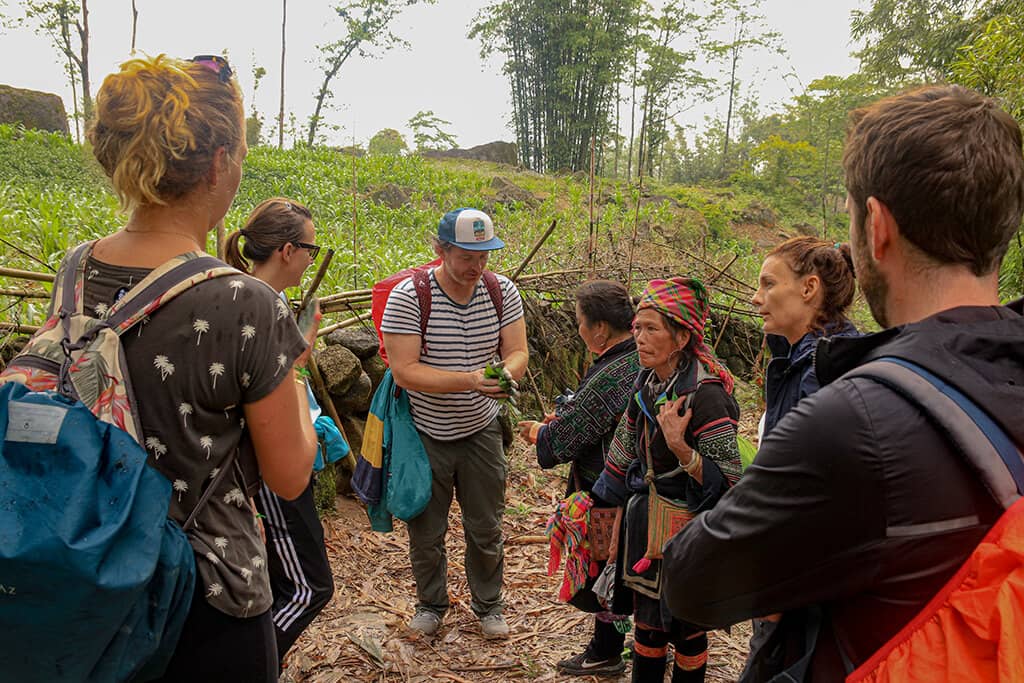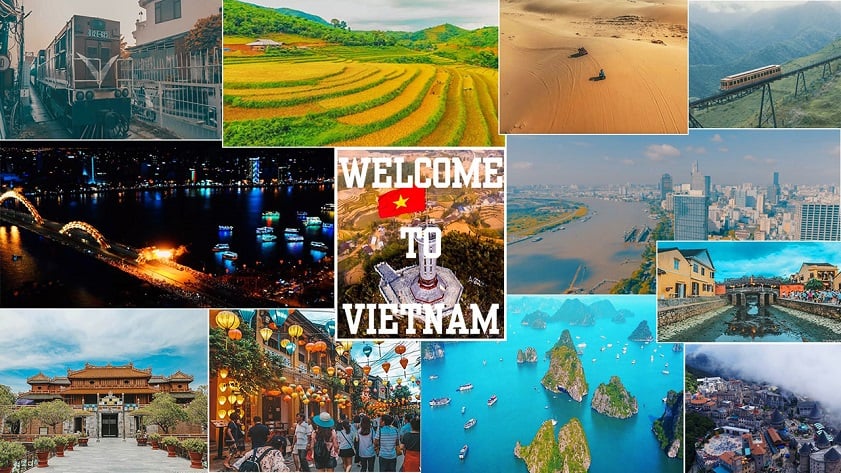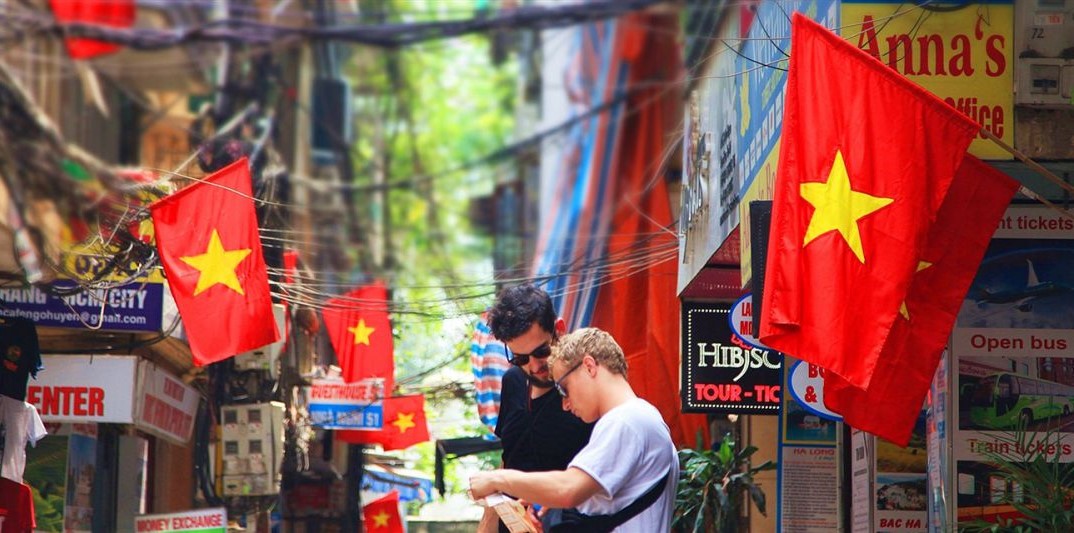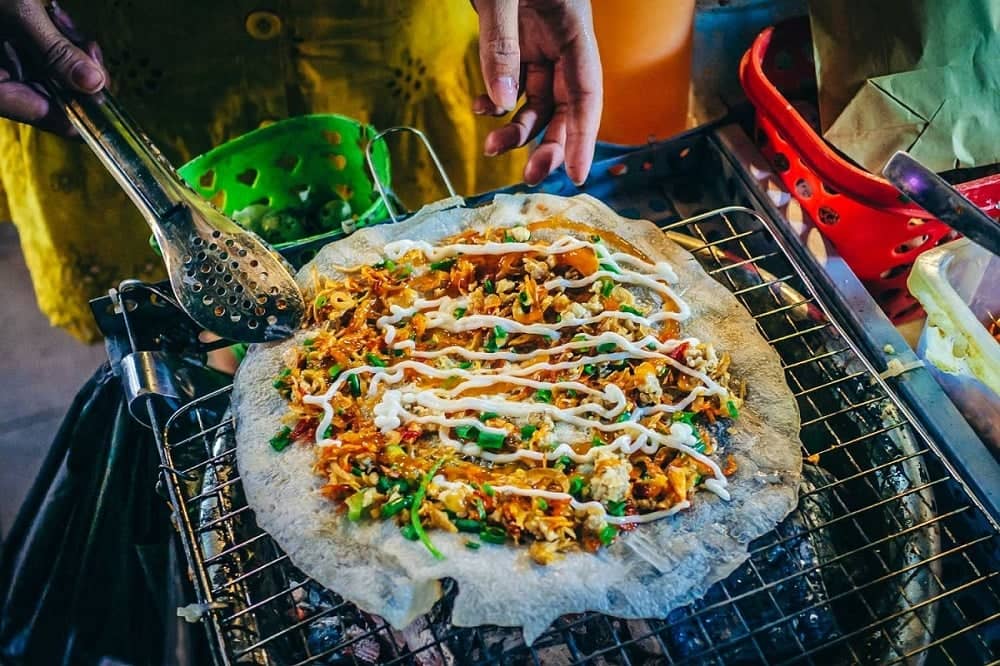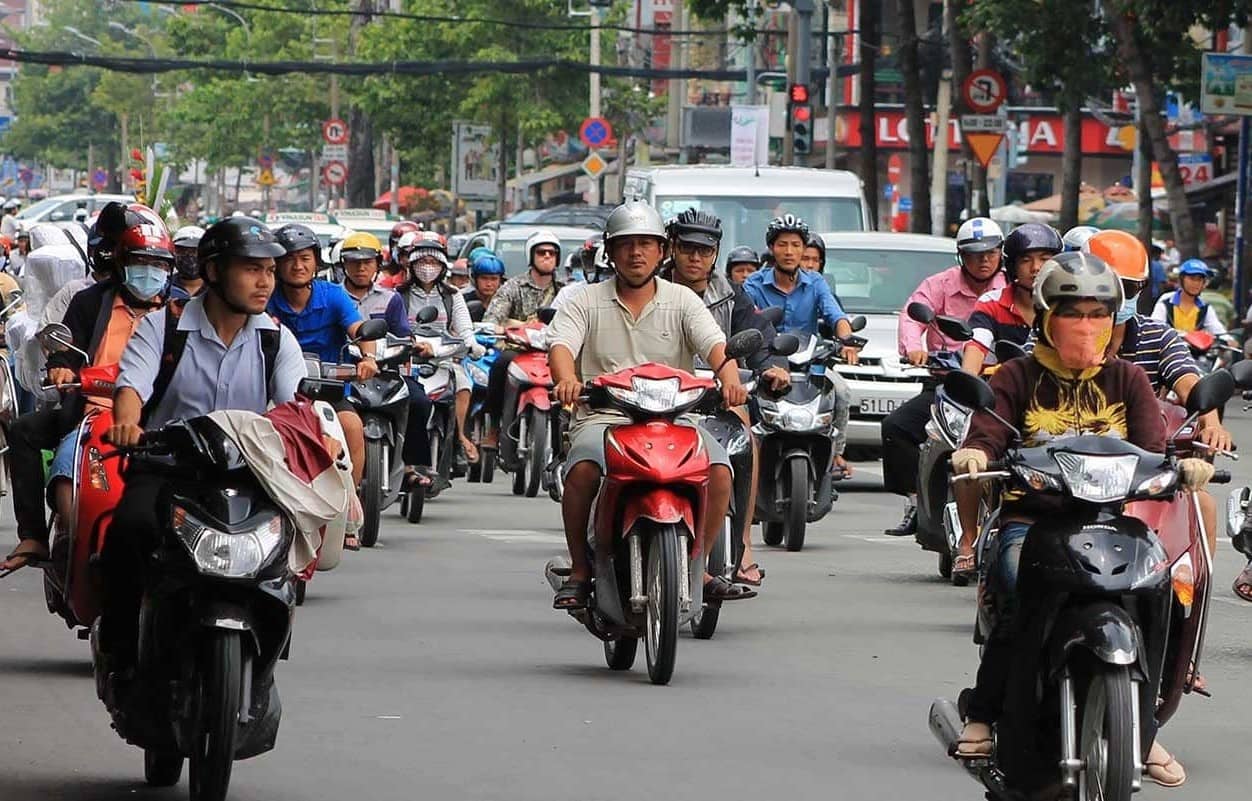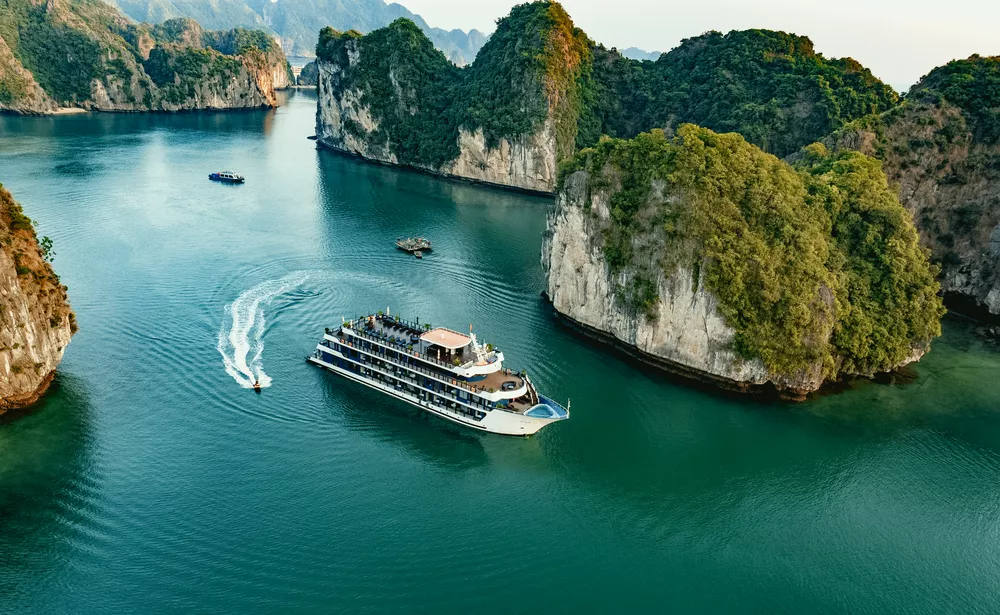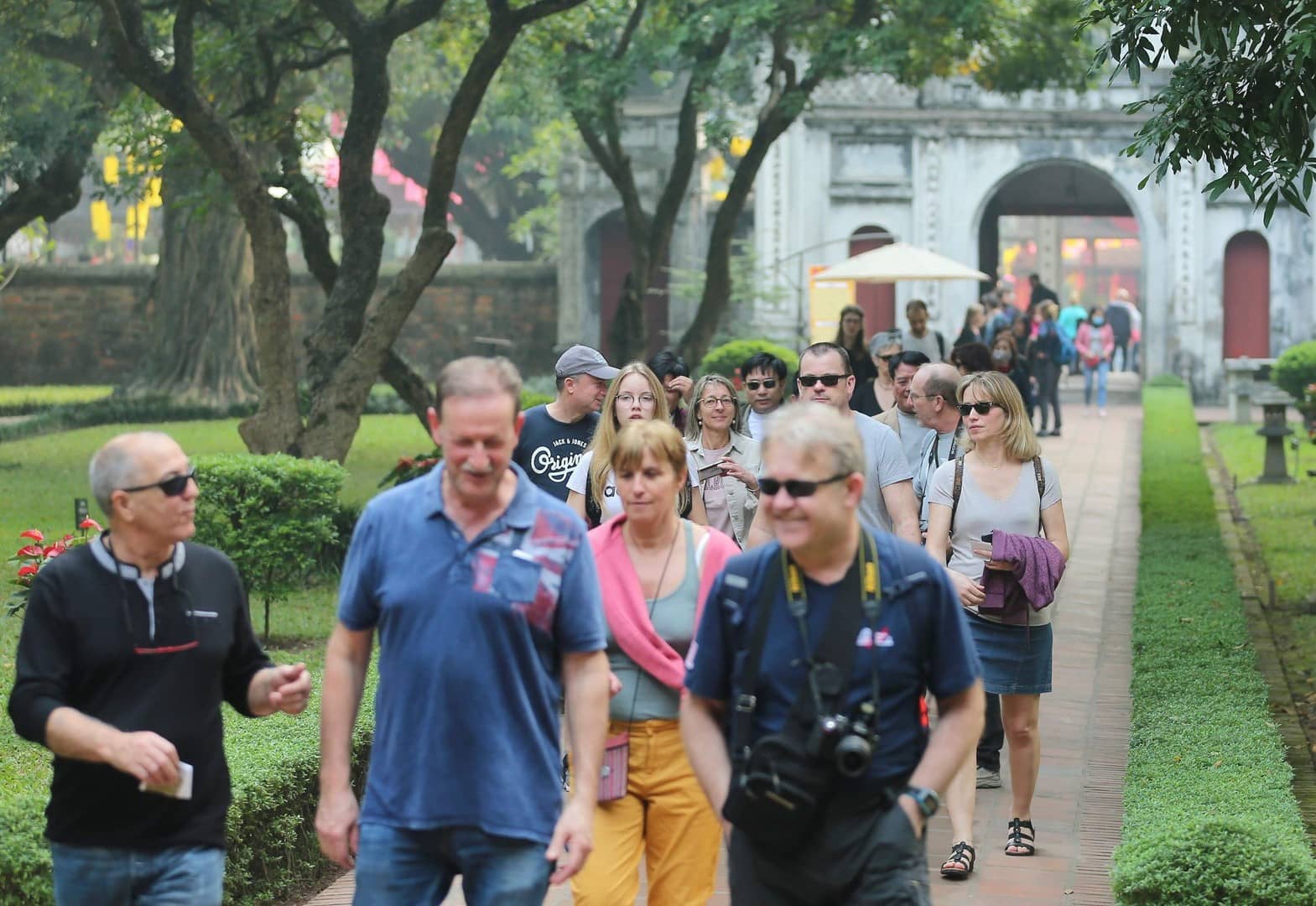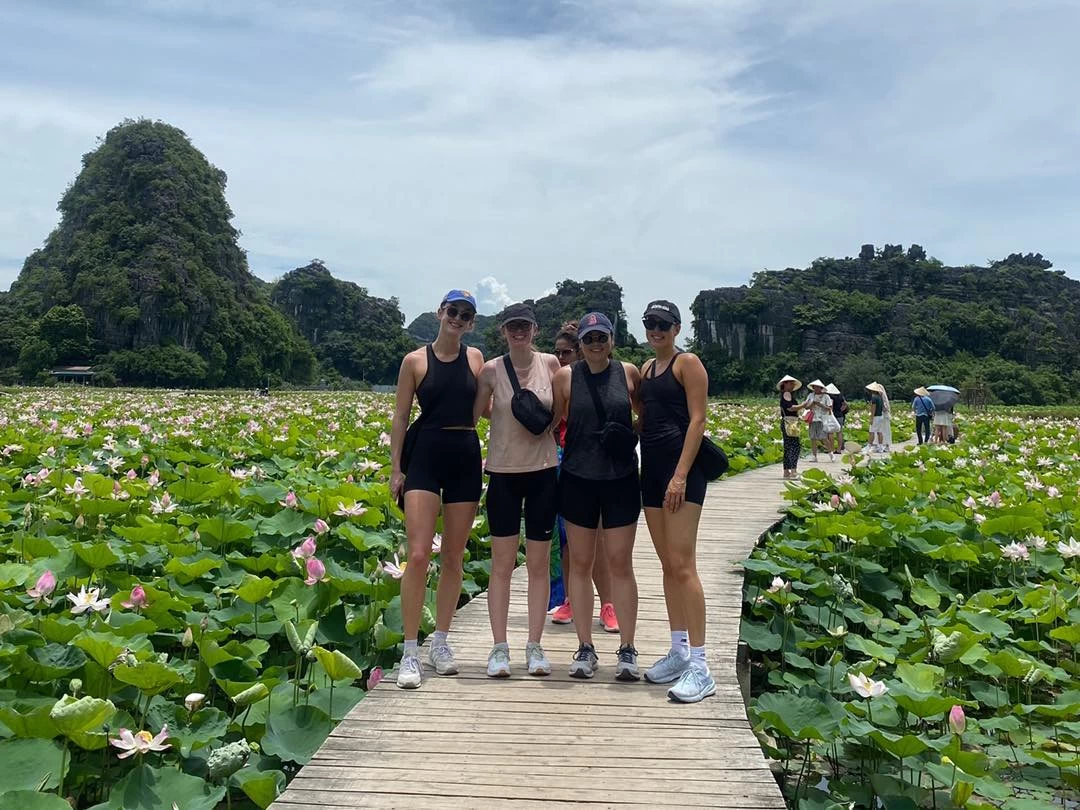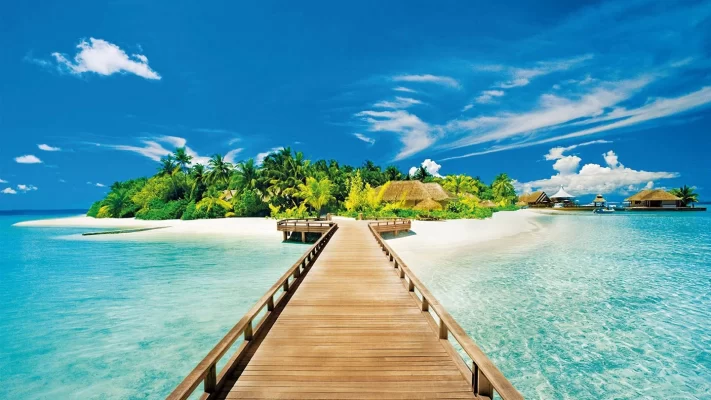
PHU QUOC ISLAND
Phu Quoc stands out as an unmissable gem in Vietnam’s travel landscape. Dubbed the “Pearl of the Far East,” this island holds a magnetic appeal for globetrotters worldwide. Furthermore, Phu Quoc is celebrated for its delectable seafood, infused with the briny essence of the sea, enchanting all who indulge in its culinary delights. Follow Ula Travel now!
I. Introduction
Phu Quoc Island lies within the Gulf of Thailand, approximately 45km offshore from Ha Tien City and 120km from Rach Gia City. Traveling by boat from the nearest departure point, the pier in Ha Tien City, takes roughly 1 hour and 15 minutes to reach Phu Quoc from the mainland.
As an island district within Kien Giang province, located in Vietnam‘s southwestern region, it earns its moniker as the “Pearl Island of Vietnam” due to its exceptionally stunning landscapes, featuring pristine blue waters and white sandy beaches that entice millions of tourists to explore its charms each year.
II. How to Get to Phu Quoc
- Plane: Phu Quoc is accessible via numerous direct flights from various airports, including Noi Bai Airport (Hanoi), Tan Son Nhat Airport (Ho Chi Minh City), Can Tho, Lien Khuong Airport (Da Lat), Cat Bi Airport (Hai Phong), and Da Nang.
- Boat: Three piers offer high-speed boat services to Phu Quoc: Ha Tien in Kien Giang, Rach Gia in Kien Giang, and Nam Can in Ca Mau.
- Ferry: Only two docks provide ferry services to Phu Quoc: Ha Tien and Rach Gia. These two ferry terminals are both situated in Kien Giang province.
III. Phu Quoc People
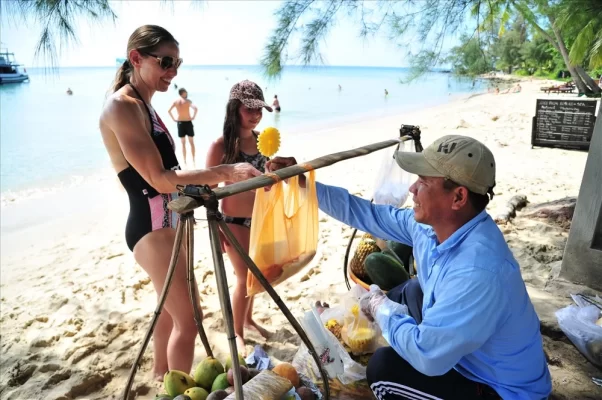
Friendly People in Phu Quoc
The locals primarily rely on fishing for their livelihoods, which reflects their simple and traditional way of life. They are known for their warmth, hospitality, and willingness to offer enthusiastic guidance to visitors.
Despite being a tourist destination, this island maintains a tranquil atmosphere without feeling overly crowded or bustling. There are still serene corners where everyday life unfolds peacefully. For an authentic experience, consider visiting Sao Beach or the Ham Ninh ancient village.
Phu Quoc is a paradise for beach enthusiasts, boasting some of the most pristine natural beaches in Vietnam. Watching the sunset or sunrise at Dinh Cau offers a profound sense of tranquility rarely found in urban areas.
IV. Unparalleled Beauty of Culture
Phu Quoc isn’t only celebrated for its breathtaking natural landscapes but also for its vibrant and unique cultural heritage. Shaped by various ethnic groups, the culture holds beauty and values that are unparalleled elsewhere. Exploring this cultural richness is essential for gaining a deeper understanding of the identity and spirit of the people of Phu Quoc.
1. Culture in Seaside Land
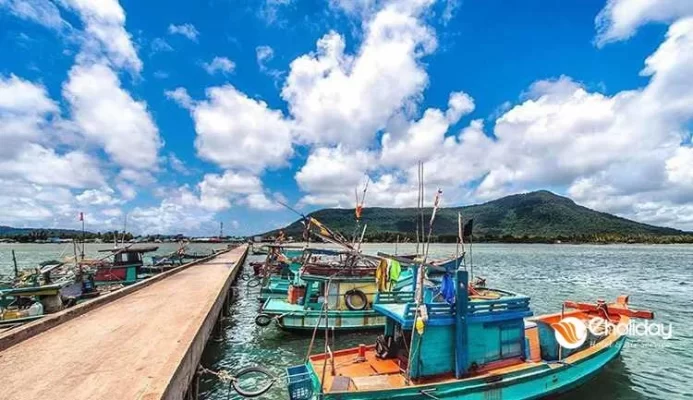
Culture in Seaside Land
From the center of Thailand Gulf, Phu Quoc stands as Vietnam’s largest island, characterized by its diverse terrain encompassing seas, islands, and archipelagos. Given its coastal setting, locals have historically relied on fishing and seafood cultivation as their primary economic activity, which also forms an integral part of their coastal cultural identity.
2. Ethnic Variety
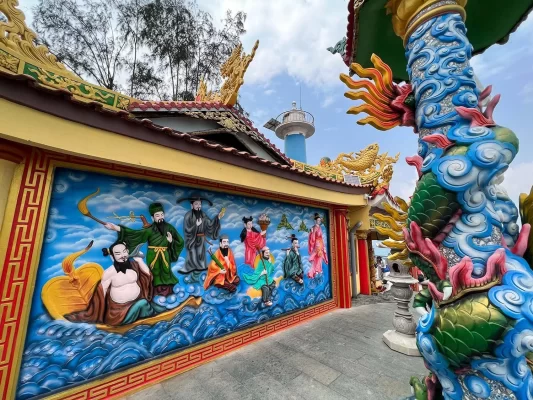
Ethnic variety
Ethnic variety is a significant aspect of Phu Quoc‘s cultural tapestry. The island is inhabited by a myriad of ethnic groups including the Kinh, Cham, and other minority communities. Each group possesses distinct attributes in language, attire, traditions, rituals, and beliefs, enhancing the cultural mosaic.
Delving into this ethnic diversity provides visitors with the chance to immerse themselves in cross-cultural interactions, fostering a deeper appreciation for the richness and distinctiveness of the local culture.
3. Culinary heritage and specialties
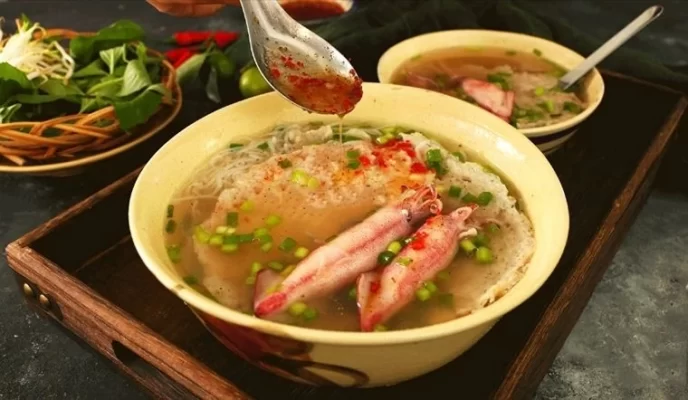
Stirring rice noodles (Bún Quậy)
Infused with influences from the sea and national traditions, this island boasts a distinctive and diverse culinary scene, offering visitors a delightful exploration of the island’s unique flavors. Among its main attractions are fresh seafood delicacies such as crabs, scallops, oysters, and lobsters, prepared in various enticing styles.
Beyond seafood, Phu Quoc presents a range of signature dishes including stirring rice noodles, banh can (mini pancakes), Hu Tieu noodles soup, herring salad, and sweet & sour fish broth. These dishes are characterized by their rich, vibrant flavors, showcasing the ingenuity and essence of local cuisine.
4. Phu Quoc’s Cultural Festivals and Events
Phu Quoc hosts numerous significant festivals and cultural gatherings, infusing the island with a lively ambiance that captivates tourists. These events also serve to highlight traditional elements, fostering a sense of community and celebrating the island’s distinctive cultural heritage. Some notable festivals and events that embody local culture include:
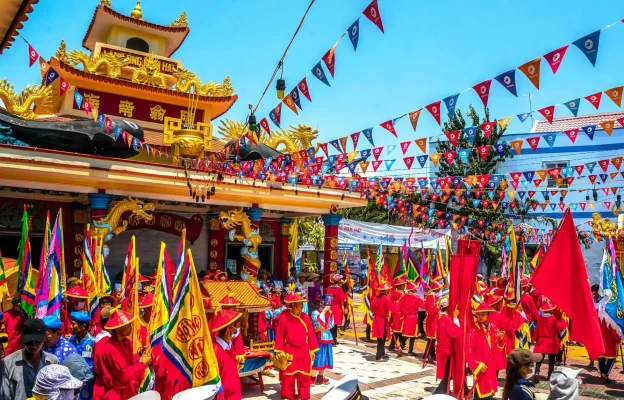
The Nghinh Ong (whale worship) Festival
* The Nghinh Ong (whale worship) Festival, with its ancient roots tracing back to coastal fishermen, venerates Ong Dia, the guardian deity of the sea and fishermen. This festival holds not only religious significance but also symbolizes the deep bond between the people of Phu Quoc and the sea. Celebrate festivals like these are integral to the local culture and community life, playing a vital role in promoting tourism and bolstering the local economy.
* The Nguyen Trung Truc Phu Quoc Festival features a range of events including parades, traditional boat races, and cultural presentations.

The Nguyen Trung Truc Phu Quoc Festival
Both locals and tourists can enjoy traditional cultural performances, puppet shows, and folk games, fostering an environment for interaction and unity between the community and visitors, imbuing the atmosphere with joy and reverence.
* The traditional boat racing festival typically occurs on rivers, lakes, or coastal areas, where sailing teams vie against each other for victory. These boats, crafted from wood, feature designs and adornments characteristic of the local area.
* Phu Quoc’s traditional handicrafts showcase the island’s rich cultural heritage through renowned craft villages. These crafts not only uphold traditional cultural values but also serve as tourist attractions on the island.
Engaging in craft village tours in Phu Quoc allows visitors to immerse themselves in and gain insight into the technical intricacies of traditional crafts. This experience offers a glimpse into community life, revealing the customs, practices, and distinctive rituals of each craft village.

Fish Sauce production
The arts and culture of Phu Quoc epitomize the distinct identity of this island gem. Influenced by the Kinh, Chinese, Cham, and various ethnic groups residing on the island, these artistic expressions embody a diverse and enriching tapestry of culture. Phu Quoc boasts numerous characteristic performance genres, with puppetry standing out as a renowned traditional art form featuring intricately controlled puppets crafted by skilled artisans.
Read more: Phu Quoc Culture – Enchanting Stories to Discover
V. Best Time to Visit Phu Quoc
1. Dry Season
The optimal period for visiting Pearl Island spans from November to April of the subsequent year. This marks the dry season in the South, characterized by minimal rainfall, tranquil seas, gentle waves, and warm sunshine, ideal for outdoor recreational activities. This season caters well to resort tours but may not be as suitable for backpackers.
2. Rainy Season
During the rainy season in Phu Quoc, visitors encounter the lushest landscapes following rainfall, with the enchanting Da Ban stream glistening amidst raindrops and the majestic Tranh stream. Observing the sunset against this magical backdrop evokes a sense of wonder. While this season may lack the tranquility of the dry season, it offers an exhilarating experience that enhances one’s vacation memories.
Roughly from May to October, the rainy season sets in, occasionally accompanied by storms. Despite this, Phu Quoc remains bustling due to the summer vacation period.
Travelers venturing to Phu Quoc during this period are advised to consider visiting towards the end of April when tourist numbers are still relatively low, and the weather remains pleasant, with prices not yet inflated as during peak season. Additionally, October heralds the onset of the transitional period, marked by reduced rainfall.
VI. Phu Quoc Attractions
1. Sao Beach
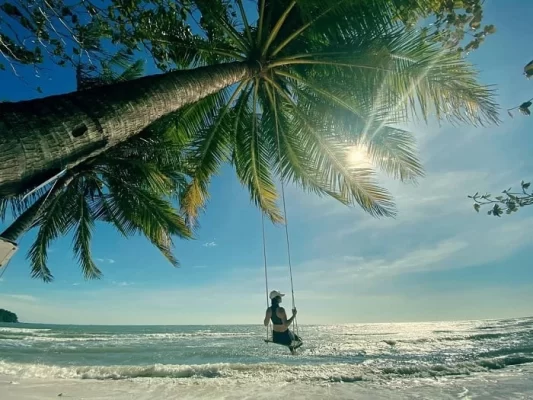
Sao Beach
Known for its pristine white sandy beaches, crystal-clear azure waters, and refreshing cool climate, Bai Sao offers visitors an incredibly relaxing experience. Its rustic yet charming and romantic ambiance attracts tourists, especially couples, to this corner of Phu Quoc, the pearl island.
2. Dai Beach

Dai Beach
True to its name, Bai Dai stretches over 20 kilometers, boasting crystal-clear blue waters, golden sandy beaches, and rows of coconut trees casting enchanting shadows at sunset, creating a picturesque scene for Phu Quoc. With its vast expanse of fine white sands and jade-green waters, Bai Dai is considered an ideal beach destination for all travelers. Popular marine activities such as kayaking and scuba diving to explore coral reefs thrive here.
3. An Thoi Archipelago
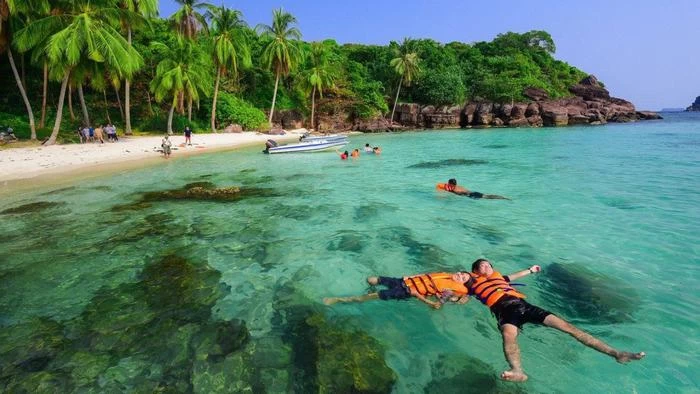
An Thoi Archipelago
An Thoi Archipelago is an unmissable destination for every traveler visiting Phu Quoc. Embark on a boat trip to witness the breathtaking beauty of clear blue seas and stunning islands. The combination of blue waters, white sands, and golden sunshine perfectly encapsulates the allure of this archipelago.
4. Phu Quoc Prison
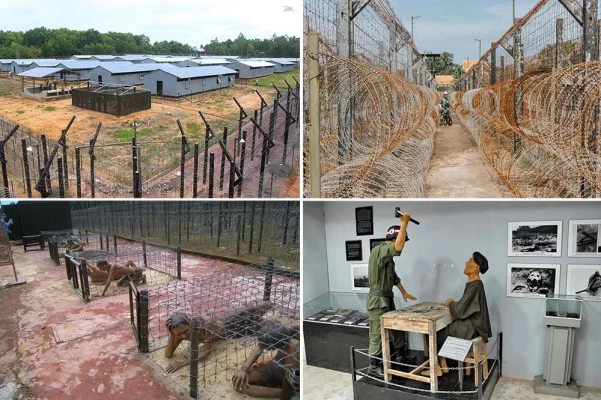
Phu Quoc Prison
The Phu Quoc Prison Historical Relic Area stands as one of the island’s most prominent attractions, drawing many visitors keen on exploring its historical significance. Situated on the grounds of the former “coconut tree prison,” this site was officially recognized as a national historical monument in 1996.
It vividly recreates scenes of detention and the brutal torture endured by revolutionary soldiers during the resistance against the French and the Americans, evoking emotions of admiration for the soldiers’ fortitude, courage, and patriotism.
5. Fish Sauce Barrel House

Fish Sauce Barrel House
The barrel house is where traditional concentrated fish sauce production takes place in large wooden barrels. Utilizing base fish sauce, artisans mix ingredients to create golden drops of fish sauce renowned for its high protein content, beautiful color, and unique flavor profile, dominated by the pungent aroma of anchovies.
6. Phu Quoc Pepper Gardens
Phu Quoc’s pepper gardens hold significant economic value and are a must-visit attraction on the island. Renowned for their high-quality produce characterized by plump seeds, thin skins, dense flesh, potent flavor, and unmatched aroma, Phu Quoc peppers are highly sought after.
7. Night Market
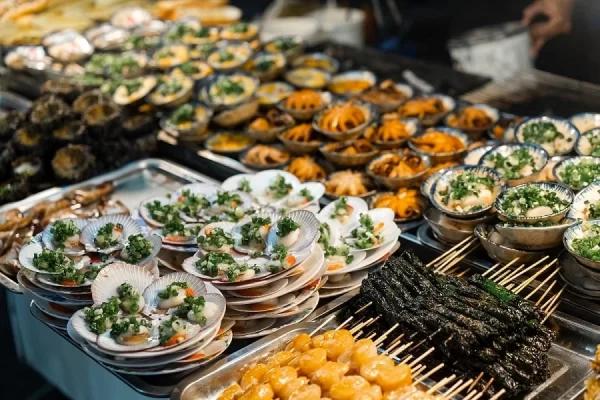
Phu Quoc Night Market
Don’t miss the bustling Phu Quoc Night Market located in Duong Dong town, opposite Duong Dong Market. Renowned for its abundant specialties and diverse street food offerings such as Thai rolled ice cream, peanuts, Phu Quoc candy, and rice paper, the market also offers an array of souvenirs, especially those crafted from pearls. Indulge in the delectable and reasonably priced seafood available here.
8. Ham Ninh Fishing Village
Nestled on the east coast of Phu Quoc, at the foot of Ham Ninh Mountain in Ham Ninh Commune, this fishing village offers an authentic glimpse into local life. Explore crab farms and seafood processing facilities to learn about the fishermen’s livelihoods and witness firsthand their traditional methods.
Do not miss: Ham Ninh Fishing Village
9. Mong Tay Island – May Rut Island – Dam Ngang Island
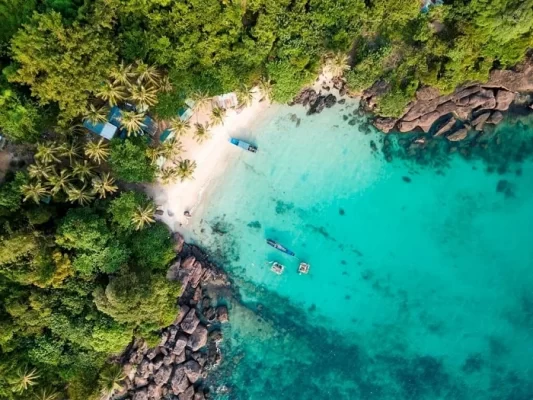
Mong Tay Island – May Rut Island – Dam Ngang Island
These three islands, like shy maidens amidst pristine nature, offer enchanting experiences for nature enthusiasts. Each island possesses its own unique charm, with Mong Tay boasting fine white sands and azure waters, May Rut intriguing with quartz rocks interspersed in the sand, and Dam Ngang captivating with its mysterious caves and diverse ecosystems.
10. Phu Quoc National Park
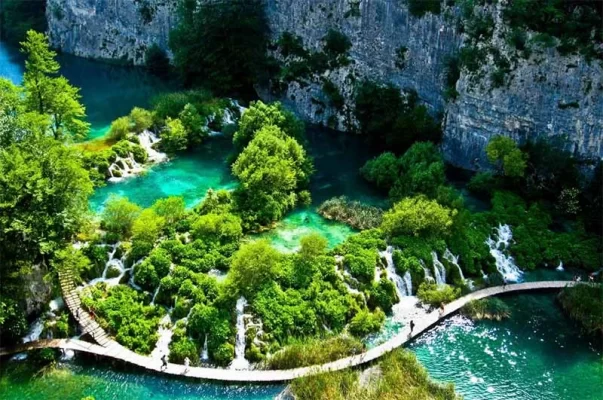
Phu Quoc National Park
Covering an area half the size of Singapore, Phu Quoc National Park boasts numerous climbing and walking routes for adventurous explorers. Recognized by UNESCO as a Nature Reserve, the park preserves its original wild vegetation, offering visitors an authentic natural experience.
Read more: Phu Quoc travel tips



